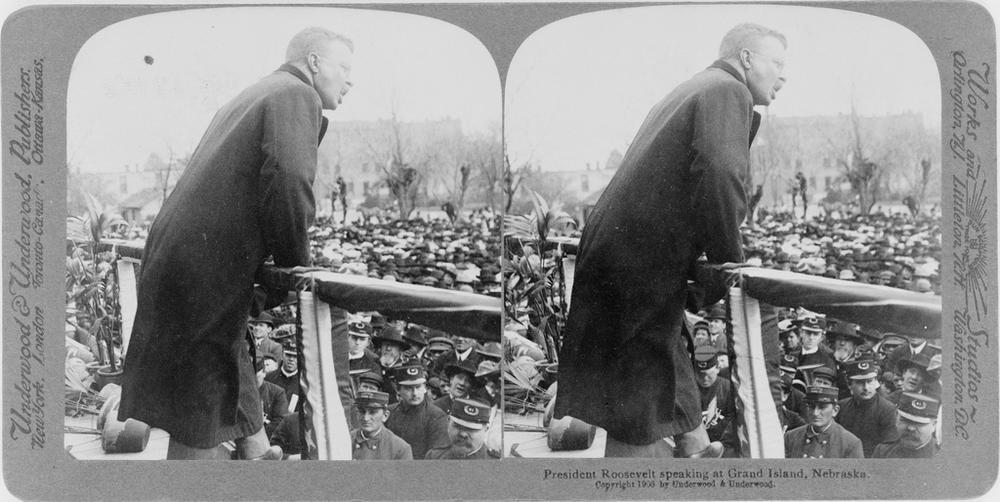
Section Branding
Header Content
What's The Connection Between Civic Engagement And Civics Education?
Primary Content

Whether it was this fascinating election season or a wider trend in education, an increasing number of organizations are joining an already crowded field attempting to reinvigorate civics education. From the Civics Education Initiative which believes (somewhat controversially) that all students should be able to pass the citizenship test, to the Richard Dreyfuss Initiative aimed at creating more well-round potential leaders, civics education is leaving its former position of relegation in the social studies curriculum and moving to the forefront. Mr. Dreyfuss is a fairly well known actor, so the idea of a Hollywood celebrity getting involved in civics education should tell us something about how popular the movement has become.
But is there a right way to teach civics? Well, there has got to be more to it than getting kids to memorize the difference between the terms for senators and representatives. Or for that matter, how useful is it teaching them how to remember the 7th amendment (here's a tip: there are twenty seven amendments and seven covers twenty dollars—it deals with access to jury trials in civil cases)? Like other parts of social studies education, economics for one, civics can at times seem distant to students exiting middle school and entering high school. And for those of voting age, few of them bother to vote. They’ve seen police and trials on TV and at the movies, but the structure and happenings of the system can appear overly detailed and arcane. As the old saying goes, Congress is like a sausage factory—we like the end product, but no one wants to see what goes on inside. Generation Citizen offers a straight-forward assessment of the challenges faced by educators and bold agenda for changing the staus quo.
Making civics education more engaging can be a challenge. A recent blog discussed using landmark Supreme Court cases to stoke interest in laws that affect students' lives. Another idea is floating the notion of civic engagement. Often we tout the responsibilities and privileges of it in our classrooms, but don’t always practice what we preach. But civic engagement, like so many ideas in education, is one that has been around for a while. The premise is simple. For students to better understand and eventually be a part of a stable yet challenging democracy they must participate in it. The Association of American Colleges and Universities points out three major benefits:
- Students learn more content through participation
- Engagement teaches higher-order skills
- Students build greater emotional intelligence and sense of community
KQED’s Mindshift blog has reported on the success of civics education and offers simple ideas for the classroom, like infographics (something we wrote about earlier). Volunteering to be a poll worker is a common activity, but check out the American Enterprise Institute's exhaustive list of resources to help you get started.
Have a great idea or project to gets students civically engaged? Leave us a comment!






